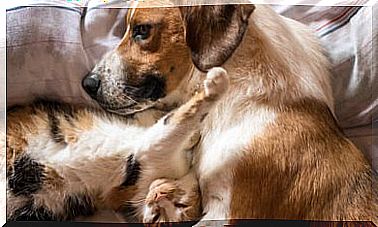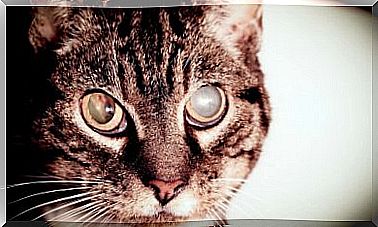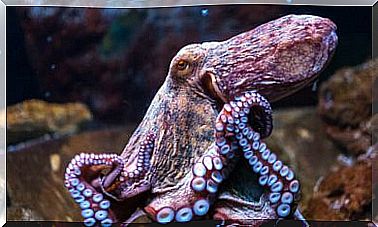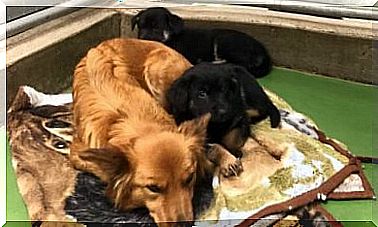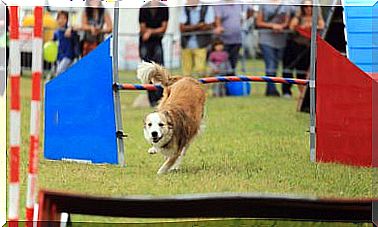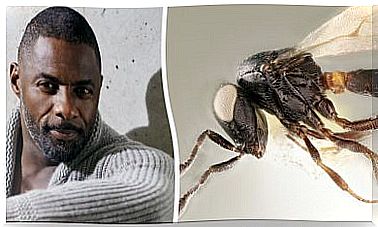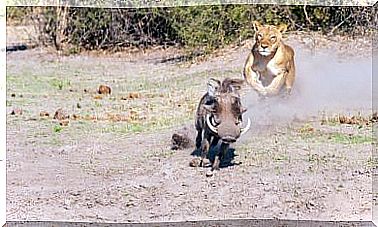What Are Animal Stereotypes?
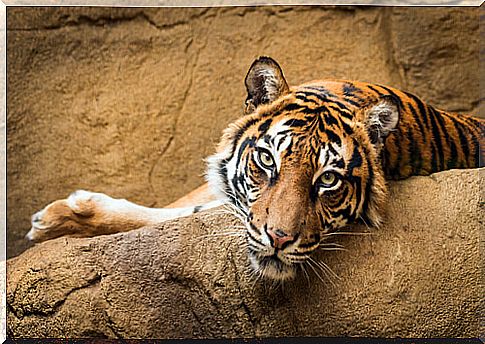
Animal stereotypes are more frequent than we might think, since these behaviors are clear indicators of a lack of well-being in living beings, especially those in captivity. Here we show you what stereotypes are and how to identify them.
What are animal stereotypes?
They are defined as an animal behavior with repetitive and habitual patterns that do not have clear functions.
Another definition indicates that they are repetitive behaviors caused by the attempts of the living being to adapt to the environment. It has also been indicated that they may be the product of a dysfunction of the central nervous system.
This behavior has been recorded in many different groups of animals. However, it is observed mainly in captivity, in species of birds, rodents or ungulates. Likewise, animal stereotypes are frequent in carnivores and primates.
Animal stereotypes usually collect a series of joint manifestations :
- Locomotive behaviors of the whole body: walking, somersaulting, bouncing or rocking without apparent sense.
- Self-directed behaviors: pulling hair or feathers, sucking fingers, or poking eyes.
- Oral manifestations: biting objects, as well as biting legs or feet, scratching, making repetitive movements with the tongue, etc.
- Vocalizations: barking, meowing, roaring, whining, etc.
- Hallucinations: In some cases, animals can stare at a point in amazement.
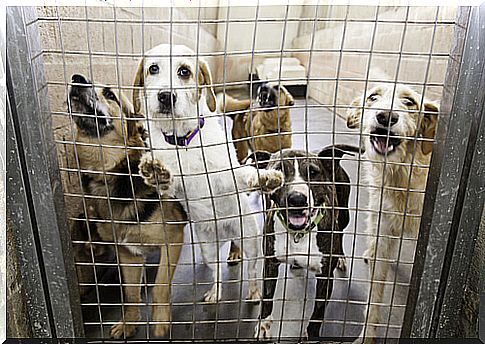
What are the causes?
Currently, the causes of stereotypes appear complex and are not fully defined. These unusual behaviors are likely associated with stress.
In addition, these behaviors vary depending on the animals in which they are observed. For example, ungulates and carnivores do not display the same behaviors:
- Wild ungulates in captivity display characteristic behaviors. It seems that their stereotypies are due to the inability to explore and search for food.
- On the other hand, carnivores show stereotypies of displacement, caused by several factors. It is possible that they occur due to the impossibility of showing normal behaviors or a reduced space.
It has also been shown that there is an important influence of environmental factors. An unsuitable or stressful environment in the early stages of development would cause permanent damage to the central nervous system. This, in turn, leads to a greater tendency to develop stereotypes during the rest of the animal’s life.
Animal stereotypes in zoos
The reason for these behaviors appears to be related to captivity. However, there is still a discrepancy among experts. It seems that repetitive animal behaviors have a purpose: normally, the goal is to adapt to the unsuitable environment in which they find themselves.
Below we show you various animal stereotypes in zoos, which differ in different animal groups.
Displacement stereotypes
In this type of behavior, a specific behavior stands out, called ‘pacing’. This stereotype consists of repeating the same route over and over again. A clear example is that of lions or tigers, which roam the enclosure from one side to the other. It is a behavior very observed in zoos, specifically in carnivorous animals.
Static repetitive stereotypes
In the same way, this type of behavior includes repetitive movements made with the body without displacement. In zoos it has been observed in primates. A common example is watching the animal rock back and forth. However, they only perform these movements on some occasions.
Other behaviors in other animals
In the same way, stereotypes have been observed in livestock or domestic animals. This behavior has been indicated to be more common than we might believe.
These repetitive behaviors derive from the foraging behavior of ungulates. Likewise, they are enhanced by the lack of animal welfare, such as limited movement due to reduced space.
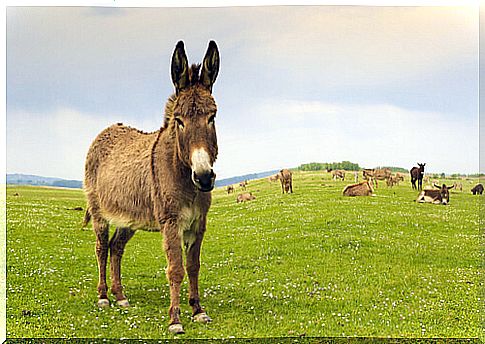
It can be concluded that stereotypes are repetitive behaviors without a clear function, but that they reflect the attempt of the animal to adapt to the new environment or are derived from a dysfunction, either emotional or physical.
These alarming behaviors occur especially in animals present in zoological centers with a clear lack of environmental enrichment in their facilities. Even so, it is also possible to observe them in pets, and therefore it is necessary to pay attention to the emotional well-being of the animal at all times.
